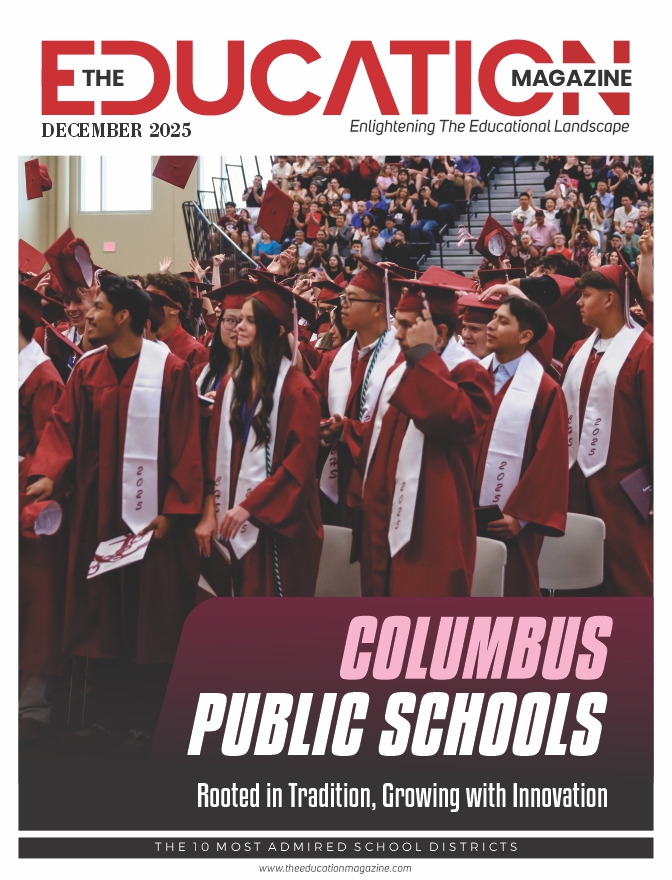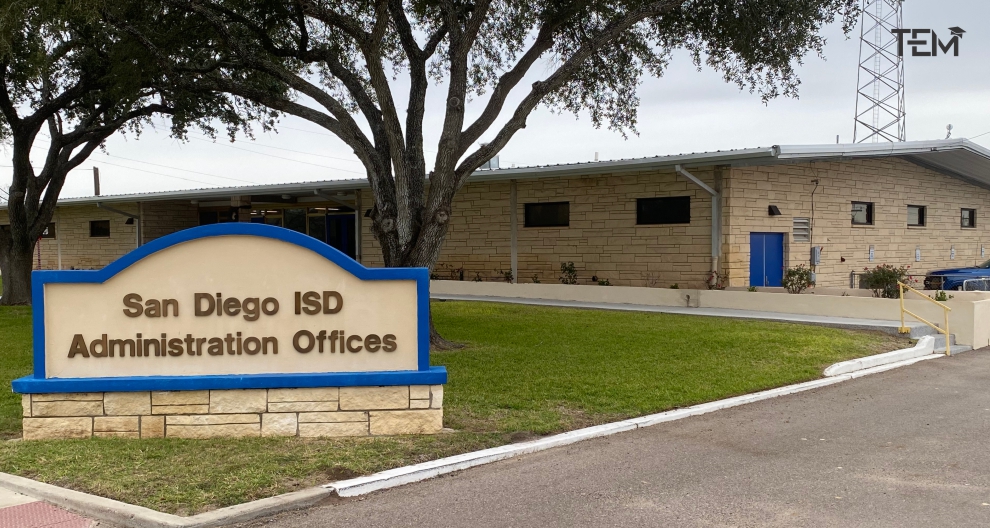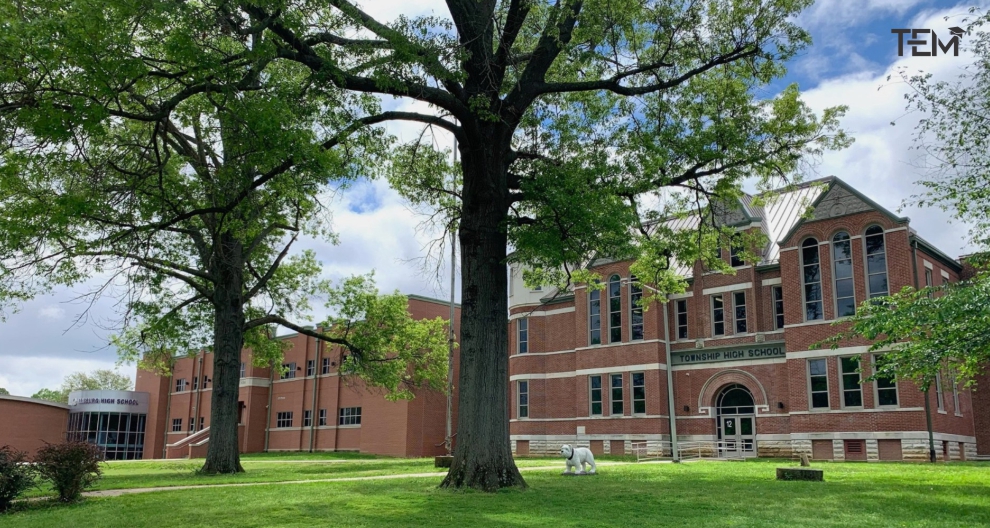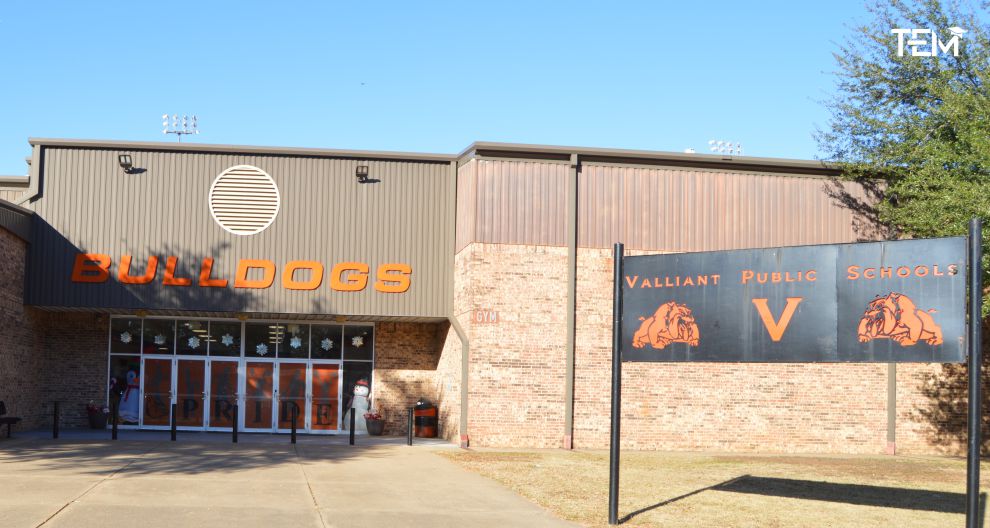In today’s fast-paced digital world, creating meaningful spaces for children to play is more important than ever. Across schools, parks, churches, and neighborhoods, school playground equipment and commercial playground equipment are being recognized not just as amenities—but as essential tools for physical development, social growth, and community well-being.
Whether you’re an educator, a parks director, or a member of a planning committee, investing in high-quality, inclusive playground equipment is one of the most effective ways to support child development and build a more vibrant, connected community.
Why Playground Equipment Still Matters
Children learn through play. That’s not just a saying—it’s backed by decades of research in childhood development, education, and public health. A thoughtfully designed playground does far more than give kids a place to burn off energy. It helps them:
- Develop motor skills and physical fitness
- Build confidence and independence
- Practice social interaction, cooperation, and conflict resolution
- Strengthen emotional regulation through imaginative and sensory play
- Improve focus and behavior in the classroom
Unfortunately, not every community has access to safe, up-to-date, or inclusive school playground equipment. That’s where intentional investment in commercial playground equipment can make a big difference—whether it’s for a schoolyard, a neighborhood park, or a church playground.
What Is Commercial Playground Equipment?
Commercial playground equipment is designed for high-traffic environments where durability, safety, and accessibility are key. Unlike residential sets you might find in a backyard, commercial systems are built to withstand the demands of daily use by large groups of children. They’re typically constructed using heavy-duty materials like powder-coated steel, rotational-molded plastic, and UV-resistant components.
These systems also comply with strict safety standards established by organizations such as ASTM, CPSC, and ADA. That means they’re engineered not just for fun—but for safety, longevity, and inclusivity.
School Playground Equipment: Investing in Education Through Play.
Schools are increasingly recognizing that the benefits of recess go far beyond the playground. Research shows that regular outdoor play contributes to improved academic performance, better behavior, and stronger social-emotional development. In this context, school playground equipment becomes a foundational element of a well-rounded education.
Here’s what to consider when choosing the right equipment for your school:
1. Age-Appropriate Design
Playground structures should cater to the developmental stages of your students. Equipment is often grouped by age ranges (e.g., 2–5, 5–12, or 13+), with varying heights, activities, and safety surfacing needs.
2. Curriculum Integration
Modern school playgrounds go beyond slides and monkey bars. Many systems now include sensory panels, climbing walls, musical elements, and imaginative structures that align with STEM learning and inclusive play principles.
3. Inclusion and Accessibility
ADA-compliant school playground equipment ensures that children of all abilities can engage in play. Features like ramps, ground-level components, and sensory-rich zones make playgrounds more inclusive and inviting.
4. Durability and Safety
Look for vendors who offer commercial-grade materials, strong warranties, and certified installation. Equipment should meet national safety standards and be designed to minimize risks like entrapment, sharp edges, or fall hazards.
How Commercial Playground Equipment Transforms Communities
Beyond schools, commercial playground equipment is a catalyst for community development. Whether installed in parks, apartment complexes, religious institutions, or homeowner associations (HOAs), these playgrounds bring people together and offer real, measurable benefits:
- Healthier Lifestyles: Kids who play outdoors are more active and less likely to struggle with obesity and sedentary behavior.
- Stronger Community Ties: Playgrounds become gathering spots where parents connect, friendships form, and neighbors become a community.
- Economic Value: Well-designed play spaces can increase nearby property values and attract families to a neighborhood or town.
- Youth Engagement: Playgrounds offer a safe, structured environment for youth programs, summer camps, and after-school enrichment.
If your organization is planning a public or semi-public space, investing in commercial playground equipment is one of the best ways to create a lasting legacy of health, education, and inclusivity.
Planning Your Playground: What to Know
Designing and installing a new playground requires more than choosing a few slides and swings. Here’s a basic roadmap to guide your planning process:
1. Assess Your Space and Needs
Evaluate the size of your site, the age range of your users, and your available budget. Consider high-traffic areas, shade, surfacing, and access points.
2. Define Your Goals
Are you focused on fitness, inclusivity, imaginative play, or educational outcomes? Your goals will shape your equipment selection and layout.
3. Engage the Community
Involve stakeholders—students, parents, teachers, or community members—in the planning. Their input can guide design choices and increase project buy-in.
4. Select a Trusted Vendor
Work with a playground equipment provider who specializes in school playground equipment and commercial playground equipment. Choose one that offers safety-certified designs, professional installation, and warranty support.
5. Plan for Maintenance
Commercial playgrounds are built to last, but they still require routine inspections and maintenance to stay safe and functional.
Trends in Modern Playground Design
Playgrounds today are more than traditional slides and swings. Modern equipment reflects a deeper understanding of how children grow, move, and learn. Some emerging trends include:
- Nature-Inspired Design: Using natural elements like logs, boulders, and earthy colors to create a calming, sensory-rich space.
- Inclusive Playgrounds: Featuring equipment for children with mobility, sensory, and cognitive disabilities.
- Outdoor Classrooms: Integrating seating areas, learning panels, and gardens for teaching outside.
- Fitness and Agility Courses: Designed to promote coordination, strength, and teamwork.
These features not only increase engagement but ensure that children of all backgrounds and abilities can play, learn, and thrive together.
Final Thoughts: Play Is Serious Business
Investing in school playground equipment or commercial playground equipment isn’t just about filling a space—it’s about planting the seeds of lifelong learning, health, and community connection. The right playground can become a launchpad for physical growth, social development, and shared joy.
Whether you’re designing a brand-new playground or upgrading an aging structure, choose equipment that reflects your values: safety, inclusivity, creativity, and durability. Because when we build better playgrounds, we build better futures—for every child and every community.
Also Read: Using Primary Sources in Your American History Homeschool Curriculum











